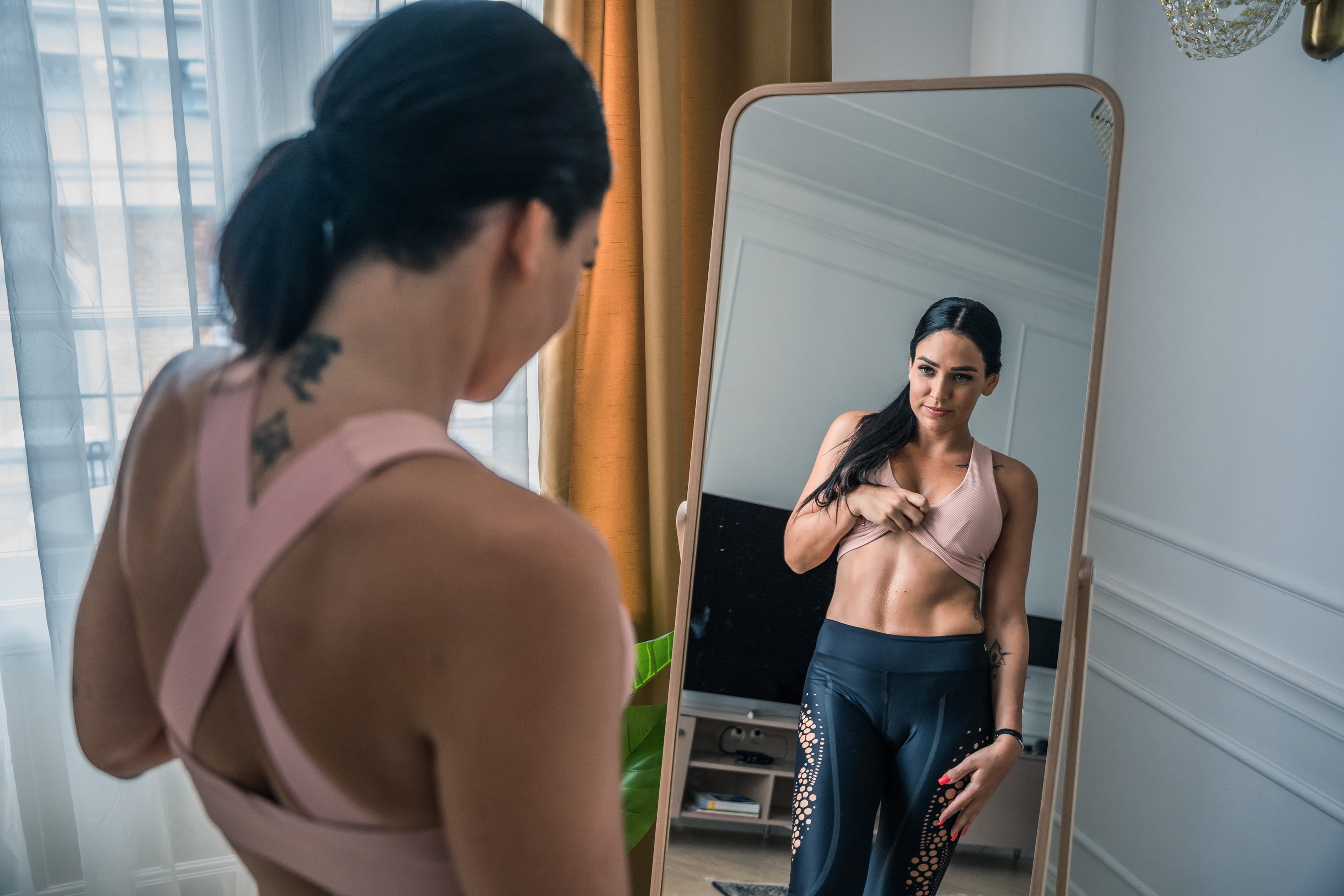Body fat percentage is a measure of body composition that shows how much of your body weight is fat.

Why Measure Your Body Fat?
Weight by itself is not a clear indicator of good health, as it does not distinguish between pounds from body fat and pounds from lean body mass or muscle. A body fat test is an attempt to divide every pound of your body into two categories: your fat mass and everything else.
Everyone needs some fat to survive and function. However, when too much fat is stored in the body, it can lead to obesity and obesity-related diseases, including heart disease, diabetes and even some forms of cancer. In fact, obesity is responsible for at least half of chronic diseases in western societies.
Also, knowing your body fat percentage can help you track progress toward your fitness goals.
What Should My Body Fat Percentage Be?
Before you start trying to measure your body fat percentage, understand the healthy body fat percentage range for men and women. Measuring your personal percentage is meaningless if you don't know where you fall. Check out these age-specific body fat percentage recommendations:
|
Description |
Body fat % (women) |
Body fat % (men) |
|
Athletes |
14%–20% |
6%–13% |
|
Fitness |
21%–24% |
14%–17% |
|
Acceptable |
25%–31% |
18%–24% |
|
Obesity |
>32% |
>25% |
How to measure your body fat?
DEXA (dual energy X-ray absorption) scanning
In a DEXA scan, this is a type of X-ray that tells you how much fat tissue there is and where it is. X-ray technology makes DEXA scans extremely accurate, but they are also harder to find. They can also be very expensive. Consult your local doctor to find a doctor near you.
Bod Pod (Whole body Plethysmography)
As another way to measure density, Bod Pods measure air displacement to estimate body composition. The test procedure is very similar to underwater weighing -- minus the water. But Bod Pods are often hard to get and can be expensive to use.
Underwater weighing
This is also called water densitometry. The difference between your incoming and outgoing weight is used to calculate your body density. Your body fat percentage is estimated based on the principle that fat tissue is less dense than muscle and bone.
Crease caliper
The "skin crease" method measures body fat percentage by pinching fat with your fingers and then measuring the thickness with a body fat caliper. The readings are in millimeters, and you compare them to charts for age and sex to come up with your body fat percentage.
Bioelectrical impedance
Bioelectrical impedance analysis (BIA) scales are probably the most popular way to measure body composition because they are the cheapest and most widely used. The BIA technology applies an electric current to the body and measures how fast it travels. Lean tissue and fat mass conduct electrical signals in very different ways, so the scale can use conductance to estimate body composition.
Take the BodyPedia Smart scale, which has proven to be the first accurate smart scale that can be used at home. Compared to medical devices, more than 10,000 tests showed that the BodyPedia Smart scale was about 97% relevant to the gold standard method (DXA).
Remember the Big Picture
For most people, the ultimate goal is to have a better-looking, healthier body, so don't get caught up in this or any other measurement. Use it, if only to number cosmetic changes you see in the mirror, or to track the effectiveness of your nutrition and training. Keep in mind that body composition should only be one indicator on the road to health and fitness. Sleep quality, energy levels and happiness should also be a priority. So don't make body fat the whole focus of your training.


